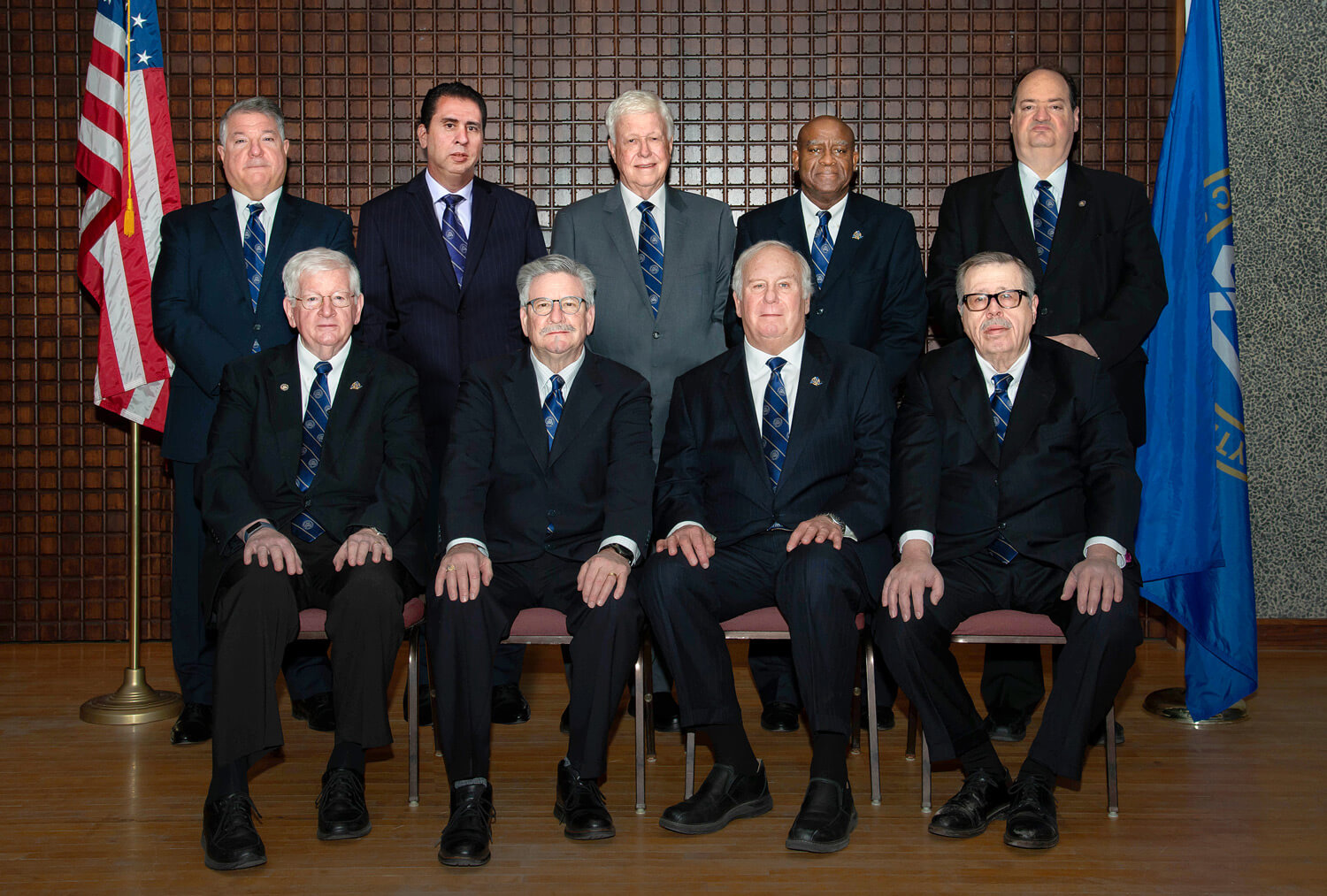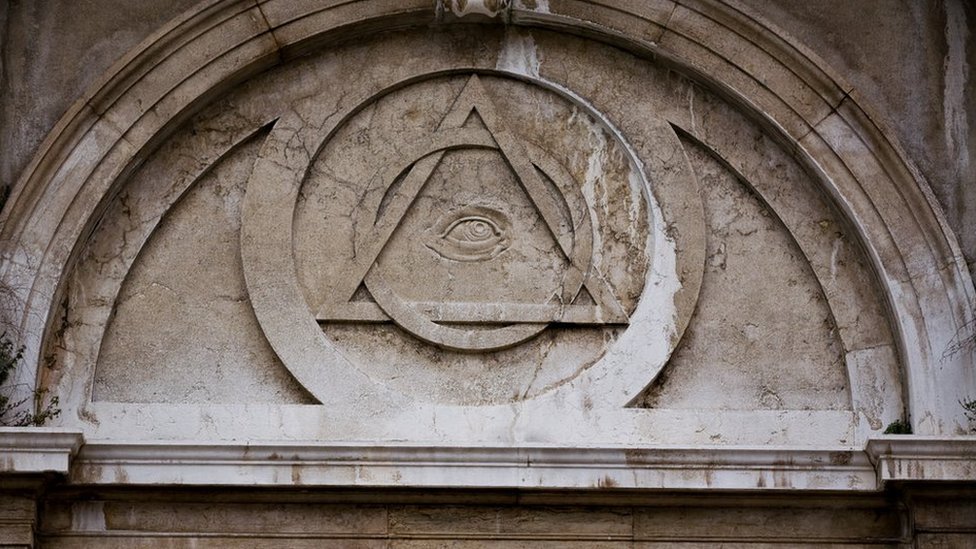Learn the Pathways and Secrets to Join Freemason Across the World
Learn the Pathways and Secrets to Join Freemason Across the World
Blog Article
Discovering the Mysteries of the Freemason: What You Need to Know
The Freemason, a term commonly shrouded in intrigue and controversy, stands for a complex tapestry of historic truth and contemporary myth. Developed in the late 18th century, this secret culture was originally rooted in the Enlightenment's ideals however has actually considering that become associated with conspiracy theories about elite control. As we navigate the origins, vital figures, and the plain contrast in between misconception and reality, one need to consider just how these narratives influence contemporary understandings of power and privacy. What could be revealed via a more detailed exam of these components can test long-held assumptions about the shadows that stick around in our society.
Beginnings of the Freemason
The origins of the Freemason are soaked in a mix of historical intrigue and ideological fervor. Established in 1776 in Ingolstadt, Bavaria, by Adam Weishaupt, the team was at first created as a secret culture focused on advertising Enlightenment ideals such as factor, secularism, and the separation of church and state. Weishaupt, a professor of canon regulation, looked for to challenge the prevailing authority of the church and state, which he deemed oppressive establishments suppressing intellectual and individual flexibility.
The Freemason sought to recruit prominent participants from different social sectors, consisting of politics, academic community, and the arts, to foster a network committed to these Knowledge principles. The culture run under a veil of secrecy, using coded language and routines to shield its participants from oppression, specifically provided the repressive environment of the moment. Nevertheless, the Freemason encountered significant resistance from both governmental authorities and spiritual organizations, which saw the group as a hazard to their power.
Key Figures and Participants
That were the essential figures that shaped the Freemason's very early impact and direction? The Bavarian Freemason, established in 1776 by Adam Weishaupt, emerged as a feedback to the oppressive social frameworks of the moment. how to become a freemason. Weishaupt, a law professor, envisioned the organization as a way to advertise Knowledge perfects such as reason, secularism, and equal rights. His initial employment efforts consisted of prominent pundits, such as Baron von Knigge, that played a vital role in expanding the group's membership and organizational framework.
One more significant number was Johann Gottlieb Fichte, a noticeable philosopher whose concepts on nationalism and education reverberated with the Freemason's goals. Fichte was not a formal participant, his philosophical foundations affected the group's ideological background. Additionally, numbers like the author and philosopher Johann Wolfgang von Goethe were connected with the wider intellectual activities of the moment, although their straight participation with the Freemason continues to be disputed.
These essential numbers added to the Freemason's early direction, pressing the boundaries of political and social idea, while their cumulative initiatives aimed to challenge recognized standards and cultivate a climate of dynamic adjustment in Europe.
Myths vs. Reality
Several false impressions border the Freemason, frequently blending truth with fiction in such a way that covers its real nature. This secret culture, originally established in 1776 in Bavaria, intended to promote Knowledge perfects and combat spiritual and political fascism. The idea that the Freemason proceeds to exert considerable influence over globe occasions is a misconception. While the team did exist, it was dissolved in the late 18th century and has not operated as a cohesive entity ever since.
Another widespread myth is that the Freemason consists of a network of elite people adjusting global events. In truth, several conspiracy theory theories exaggerate the team's importance, connecting unproven objectives to societal trends and events. This has actually caused an oversimplified sight of complex concerns.

Modern Interpretations
Contemporary interpretations of the Freemason typically show wider social anxiousness and a fascination with secrecy and power. This contemporary lens regularly links the Freemason with conspiracy concepts that recommend a surprise elite coordinates world occasions, manipulating governments and economic climates for their very own gain. Such narratives use an ingrained suspect of authority, particularly in times of situation or social upheaval.

Additionally, some contemporary analyses frame the Freemason as a metaphor for the click over here now intricacies of globalization and the interconnectedness of significant individuals and organizations. This perspective urges an important examination of exactly how power dynamics run in today's world, highlighting the balance in between openness and secrecy in governance and business techniques.
Cultural Effect and Heritage
Influenced by centuries of intrigue, the cultural effect and legacy of the Freemason expand far past its historical beginnings. This secret culture, developed in the late 18th century, has actually penetrated numerous facets of prominent culture, from literature and Visit This Link movie to music and art. The principle of the Freemason has actually developed into an icon of conspiracy theory theories, usually representing a perceived hidden power adjusting global occasions.
In literature, writers like Dan Brown have actually woven the Freemason into complex stories, exciting viewers with motifs of secrecy and power. Movies such as "National Treasure" and "The Da Vinci Code" better continue the appeal of the culture, blending truth with fiction to produce appealing stories.
The Freemason's influence additionally extends into songs, with musicians referencing the company to stimulate motifs of disobedience and societal critique. This portrayal has actually contributed to an attraction with the idea of private teams controlling the bars of power, showing societal stress and anxieties regarding authority and openness.
Ultimately, the Freemason's tradition is a complex tapestry of misconception and fact, forming understandings of privacy and control in contemporary discourse. Its enduring presence in society see this website highlights humankind's seasonal quest for understanding surprise truths.
Verdict
The expedition of the Freemason exposes a complex interplay in between historic facts and modern myth-making. Established in the Enlightenment age, this society aimed to challenge oppressive structures, yet its heritage has actually been overshadowed by conspiracy theory theories that suggest elite manipulation. Recognizing the distinctions in between the original ideals and contemporary interpretations is vital for comprehending the enduring attraction with the Freemason and its considerable influence on cultural narratives surrounding power and secrecy in society.
Report this page